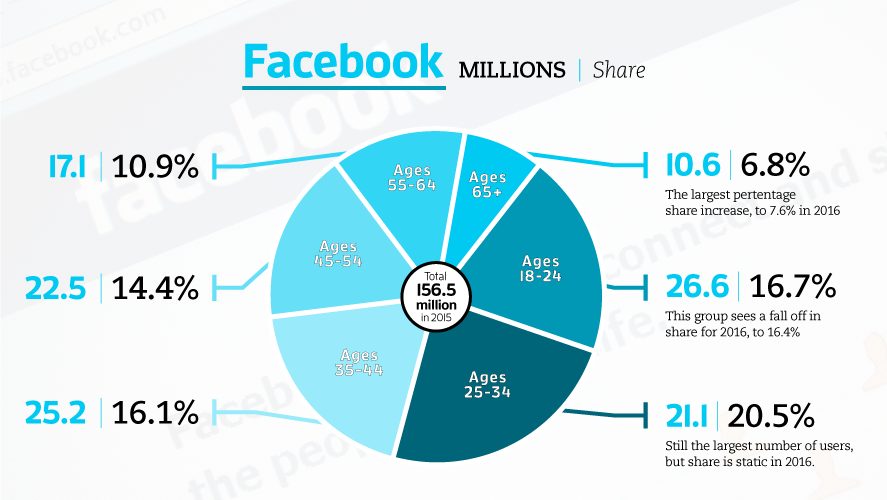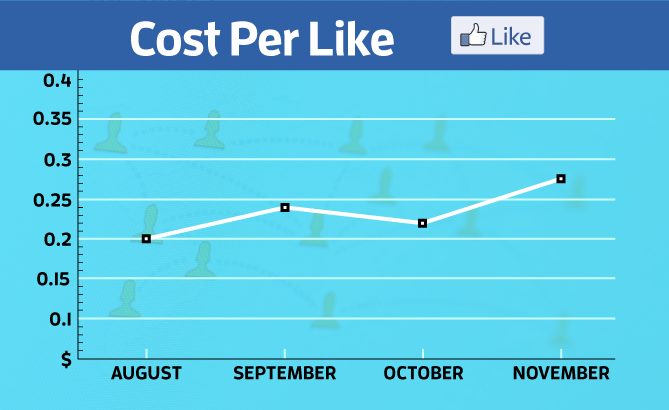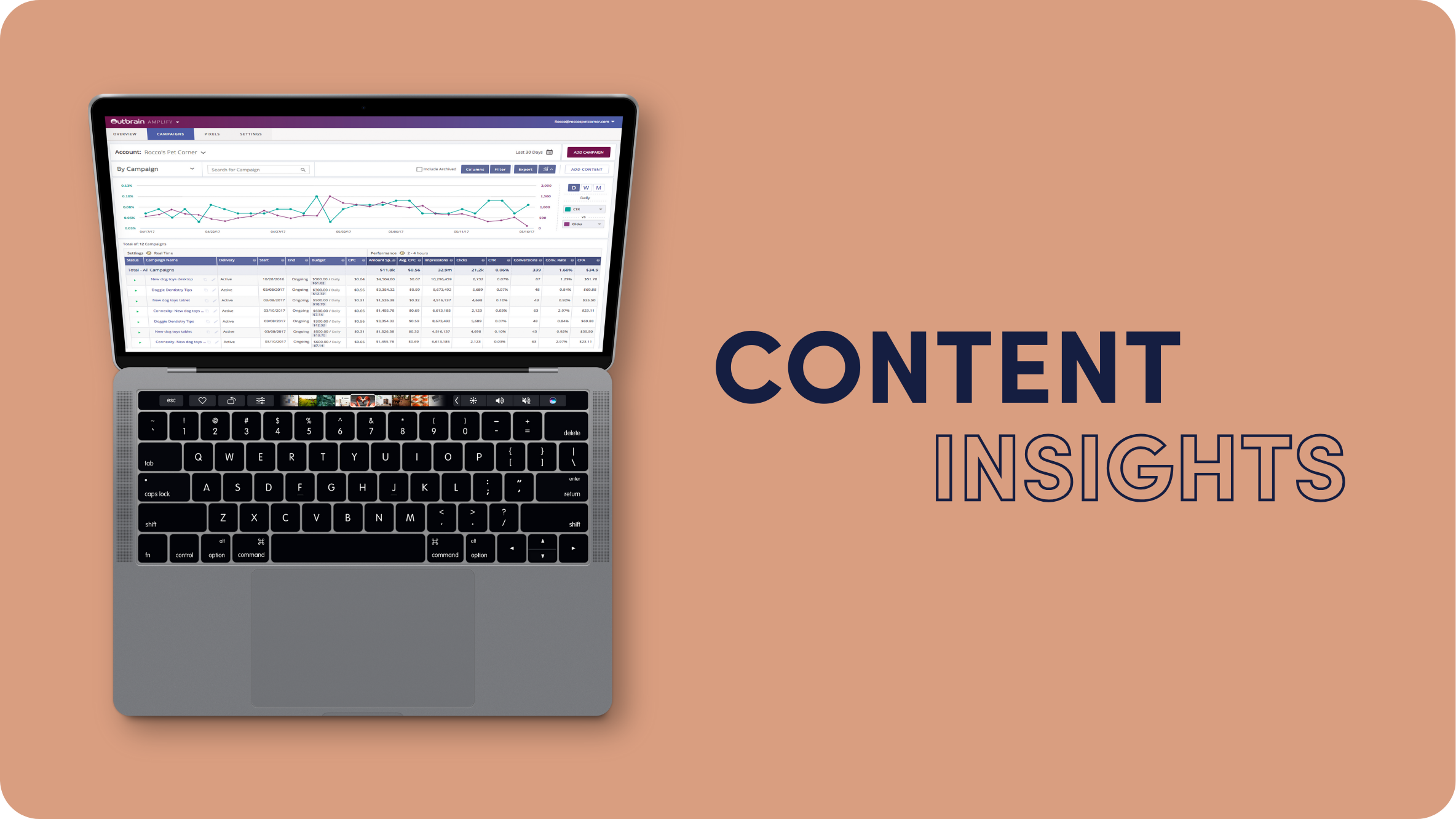How Demographic Testing Led to Shaping Content for Seniors

The importance of this article is grounded in one simple concept: know your demographic.
The company I work for sells medical treatments to chronically ill seniors. Our demographic is not one known to use social media, let alone engage in content or produce quality leads through the various platforms.
Yet, after a year of stumbling to success, that’s exactly what we’ve been able to persuade them to do. It surprised us, and when we told other content marketers it surprised them too.
Stick with me as I reveal the secrets of using Facebook to engage seniors:
- Understand how seniors use Facebook.
- Forget the rules and remember your demographic.
- Know what makes strong content for Facebook.
- Got a budget? Then test.
And Then There Was Facebook, and it Was Good
I joined Facebook back in January of 2006 — at least that’s when I have the first post on my profile.

It reads, “Pant’s where’s your picture? I need see the ‘chromagnum brow’.” A common talking point for my high school friends, and a constant jab at my ever-fragile self-esteem, was my slightly protruding brow that captured my German heritage.
I think it adds a caveman-like charm, they thought it was comical in more of a brutish, uneducated-type manner. That’s why he made the comment on my wall back in 2006, he knew it would still get to me in a playful way.
It was the stone age of Facebook.
It functioned more like a hybrid of email and instant messenger that was public than what we know to be a social media site today. You sent a message to someone by posting on their wall and they responded in the like.
I ripped through my early history and found a lot of, “Hey, how are you?” and “It was great seeing you last week.”
Fast-forward a decade and Facebook is more like a personalized internet browser.
How We Use Facebook Now
Think about it:
- When you open your browser, what is the first website that comes to mind?
- When you type the letter “f” what auto-populates in your search bar?
- Let’s say you’re bored waiting in line at the grocery store, what app do you open up first on your phone?
We gravitate to social media to break the boredom, to find out what’s happening in the world and in our friend’s lives, or in the world through our friend’s eyes. It’s completely customized to our liking, and if we ever don’t like what we see, we can tweak it.
I once heard on NPR that digital media, specifically Facebook, is what is killing–or rather changing–the newsprint industry.
Each and every one of us has become a journalist, an editor, and more importantly to content marketers, a circulation department. Every content marketer dreams of having their content be the object of a sharing frenzy, and then an engagement blow-up followed by a click through monsoon.
However, the success of content depends on its impact and there is no foolproof formula for creating hard-hitting material.
“Virality” is subjective because it’s holistically determined by impact, not intention.
That’s not to say educated guesses can not be made–digital marketers build careers on them, but everything starts with knowing your writers, editors, and circulation department; in other words, your demographic.
Throw the Rulebook Out the Window
Ask any social media marketer how people use Facebook, and you’ll get a fairly standardized answer.
Although, that answer is going to be based on a lot of solid data, it will be about the common user–which, thanks to our friends at Adweek, looked something like this in 2015:

Unfortunately, this information is likely unusable.
It’s great to know how the common user engages in Facebook, but what about the users you want?
Our target demographic is seniors. The average age of our patients is 70. According to this data, we’re better off looking to traditional print media or radio.
The thing is… we were a stubborn group of writers who wanted to reach more people than “legacy” media were ever going to reach.
We had to find a way to leverage the über-powers of social media to reach our mature demographic.
Where Does Content Fit In?
I haven’t specifically mentioned content in this article precisely because content carries no weight unless you know who you are writing to. If content is king, then the demographic is the chess master and the platform is the chess board.
In a previous Outbrain article about letting people steal your content, I noted that a piece of art that doesn’t convert is worthless. I could write the world’s most beautiful blog article–a piece of literature that brings those who read it to tears, but if they don’t fill out the form, it’s all for naught.
Of course we know our demographic and we know how to write to them.
What we didn’t know was how our demographic used particular platforms, in this instance Facebook. So, we did some research in the form of testing.
Demographic Testing
We started with a tiny budget completely allocated to a “Like” campaign. We wanted more followers for greater reach.
Current wisdom says that the one does not beget the other because likes are fairly non-committal and produce only phantom viewers.
That’s not the case with our demographic.
My gut tells me our demo doesn’t like a billion pages like the common user. That means less competition. We aren’t up against the likes of giant brands looking to fill our demo’s news feed.
Less competition means it’s cheaper to run ads too.
Our promote-page campaign averaged 23 cents per like from August to December. That’s well below half of what social media guru Jon Loomer was seeing during a similar test in 2014.
We now have 28,500 followers as of 12/18, and contrary to the trend, we are getting organic traffic, engagement and even click-thru.
Here are some stats from August through November:
Average Post Reach
- 2,985 for organic posts
- 4,780 for paid posts
Average Post Engagement
- 195 likes
- 14 comments
- 78 shares
Link Clicks
- 38,284 during hole time period
- 313 per day
We achieved all of this on an average budget of $1,500 per month.
Back to Content Marketing
We attribute this success to answering what I consider the three most important questions concerning content marketing:
- Who is your demographic?
- What is the platform you are looking to reach them on?
- How does your demographic use the platform?
These seem like simple questions.
Many people feel they know their demo. That’s a basic earned ability through time. If you spend enough time with a specific group, you begin to understand who they are and how they think.
Understanding the platform requires research, and eventually skill, in operation.
Finally, you need to combine the first two answers to create a new hybrid answer–to know how your demographic uses the platform, because it is probably not the way the common user does.
In the case of seniors with a chronic disease on Facebook, that point was proven.
How Seniors Use Facebook
Remember the reference I made to the “stone age” of Facebook–a time when we used the platform as a message board?
Turns out, that’s kind of how seniors commonly use it.
They write on their family and friends’ walls asking how they’re doing. A common method of content sharing is to simply enter a friend’s name in the comment section.
They also click the share button quite a bit, and I love them for it! They are inherently social, much more social than people of younger generations. They use Facebook as a social interaction platform, and also as a news website.
With these facts in mind, we shape our content to meet our company’s needs and the needs of the consumers.
We present the latest news and tips for people in our demographic as a sort of free service, and never ask for anything. We’ve narrowed down how often to post, what images perform best and what message most engages.
We couldn’t have achieved this level of proficiency without first knowing our demographic, the platform, and how our demographic uses the platform.
Once we had mastered that knowledge, we started writing.
Big Take Away Infographic
Want some more stats? Check this out:

Cost per Like
- Us: $.23
- Industry Average: $.50
Engagement Rate
- Us: ~1.0%
- Industry Average: .21%
Cost Per Lead*
- Us: $37.90
- Industry Average: Your guess is as good as mine.
*Did I mention we actually get leads and sales from Facebook referrals? It’s now one of our cheapest marketing platforms! Have questions? Find me on Twitter @debner_RMS.
Conclusion
By spending a small amount of time and money, companies with a key demographic containing seniors can take a traditionally offline marketing strategy online, and save a lot of cash in the process.
Seniors use Facebook in a manner that mimics how many of us did back when we first discovered the platform. However, this certainly does not discount the a viable marketing demographic.
On average, seniors trust authority figures more than younger generations do. They lived in the times of Cronkite and Murrow.
What we call content they call news.
How about you?
Do you have a success story to share about how you’ve leveraged facebook as a content distribution platform to an unique demographic? Feel free to brag below!











